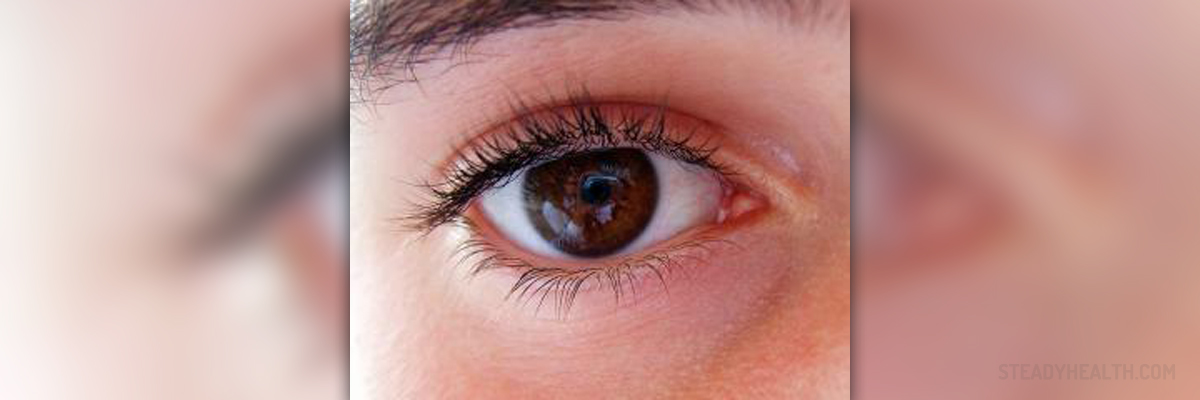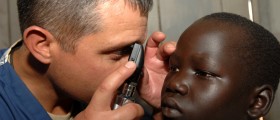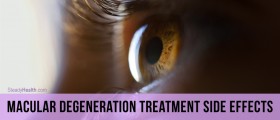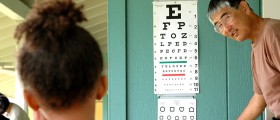
About Lazy Eye
Lazy eye, medically known as amblyopia, represents a reduction in visual acuity. The problem develops as a consequence of abnormal visual development during infancy as well as early childhood. One or both eyes can be affected. It is essential to emphasize that in many cases there is no apparent damage to the eye. This is why the problem is most commonly not structural but functional. It is estimated that lazy eye is responsible for majority of cases of decreased vision among children. Still, with proper treatment the loss of vision (mild or severe) can be successfully prevented.
In patients suffering from lazy eye nerve pathways between the brain and the eyes are not adequately stimulated and they simply do not develop as they should. As a result the brain favors one eye and the weaker eye tends to wander. The final effect is ignoring the signals received form the weaker (lazy) eye. The condition is also associated with strabismus and may develop due to some anatomic or structural abnormalities of the eye. And finally, a wandering eye may be an initial sign of an eye tumor.
The affected eye in patients suffering from this condition wanders either inward or outward. It is also apparent that the eyes do not work together. And finally, the patient may have poor depth perception.
Therapy for Lazy Eye
This medical condition can be treated conservatively or surgically. There are several conservative treatments for lazy eye and only if they fail to bring the condition under control patients undergo surgery. Surgery is usually reserved for structural abnormalities that simply cannot be treated with conservative methods.
The treatment must start in early childhood at the time when the connections between the brain and the eyes develop. Some children are prescribed with corrective eye wear (glasses or contact lenses). This is the case if lazy eye develops as a consequence of nearsightedness, farsightedness or astigmatism.
Eye patches are an excellent choice for stimulation of the weaker eye. The patch is worn over the stronger eye and the doctor determines for how many hours per day the patch should be used.
Specific eye drops containing a medication atropine can cause temporary blurred vision in the stronger eye. This way the weaker eye is more stimulated and actively participates in the vision process.
And finally, surgery is performed in children with crossed or outwardly deviated eyes, those with droopy eyelids, patients suffering from cataract and several more structural deformities of the eye.

















Your thoughts on this
Loading...